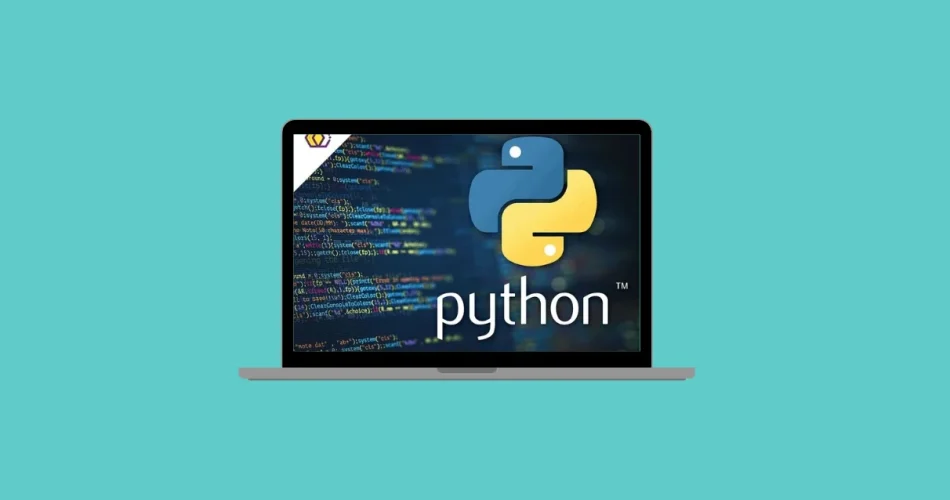When working with numbers in Python, precision matters. A single rounding error can create subtle bugs in your code, especially when dealing with large datasets or negative values. That’s where Python’s floor division operator (//) comes in. Unlike normal division, which returns a floating-point result, floor division always rounds the quotient down to the nearest integer.
Whether you’re splitting lists, calculating pages, or handling time conversions, understanding how // works will help you write cleaner and more predictable code. This guide explores Python’s floor division operator step by step, with practical examples you can apply immediately.
What is Floor Division in Python?
In Python, the // operator performs floor division—it divides two numbers and rounds the result down to the nearest integer. This makes it different from the / operator, which performs true division and returns a float.
print(5 / 2) # 2.5 (true division)
print(5 // 2) # 2 (floor division)
Even when working with floating-point numbers, floor division keeps the flooring behavior:
print(9 // 0.5) # 18.0
print(8.0 // 3) # 2.0
Method 1: Using // for Floor Division
The simplest use case of floor division is directly dividing two numbers:
print(10 // 3) # 3
print(17 // 5) # 3
You can also confirm the division identity:
a, b = 17, 5
print(a == (a // b) * b + (a % b)) # True
This ensures your division logic is mathematically correct.
Method 2: Replace int(x / y) with x // y
A common beginner mistake is writing int(x / y) when floor division is actually intended. This works for positive numbers but can introduce subtle bugs with negatives.
Before:
mid = int(len(items) / 2)
After:
mid = len(items) // 2
This not only makes your code cleaner but also avoids unnecessary type conversions.
Method 3: Use divmod() for Quotient and Remainder
Sometimes, you need both the quotient and the remainder. Instead of calling // and % separately, Python provides the handy divmod() function:
duration = 500
minutes, seconds = divmod(duration, 60)
print(f"{minutes}:{seconds}") # 8:20
You can even chain it for hours, minutes, and seconds:
duration = 9907
minutes, seconds = divmod(duration, 60)
hours, minutes = divmod(minutes, 60)
print(f"{hours}:{minutes:02d}:{seconds:02d}") # 2:46:07
Method 4: Handling Negative Numbers
Floor division always rounds down, even with negative numbers. This means results may differ from what you expect:
print(-5 / 2) # -2.5
print(-5 // 2) # -3 (floors down)
If you want truncation toward zero instead of flooring, use int() or math.trunc():
import math
print(int(-5 / 2)) # -2
print(math.trunc(-5/2)) # -2
This distinction is crucial when designing algorithms that rely on division behavior.
Method 5: In-Place Floor Division with //=
Python also supports an in-place floor division operator:
x = 23
x //= 4
print(x) # 5
If one operand is a float, the result remains a float:
y = 23
y //= 4.0
print(y, type(y)) # 5.0 <class 'float'>
This is useful when you want to update a variable directly without creating a new one.
Quick Tips for Python Floor Division
- Use
//for floor division,/for true division. - If either operand is a float, the result will be a float (but still floored).
- Use
divmod(a, b)when you need both quotient and remainder. - With negative numbers, remember
//rounds down whileint()truncates toward zero.
Conclusion
Mastering floor division in Python is more than just knowing how // works—it’s about understanding when and why to use it. From replacing unnecessary int(x / y) conversions to handling negative numbers correctly, floor division ensures your code remains both accurate and readable.
Keep // in your toolkit for when you need reliable, predictable integer division, and use divmod() when you need both quotient and remainder in one clean step. By applying these techniques, you’ll avoid common pitfalls and write Python code that behaves exactly as expected.
And if you'd like to go a step further in supporting us, you can treat us to a virtual coffee ☕️. Thank you for your support ❤️!

We do not support or promote any form of piracy, copyright infringement, or illegal use of software, video content, or digital resources.
Any mention of third-party sites, tools, or platforms is purely for informational purposes. It is the responsibility of each reader to comply with the laws in their country, as well as the terms of use of the services mentioned.
We strongly encourage the use of legal, open-source, or official solutions in a responsible manner.



Comments